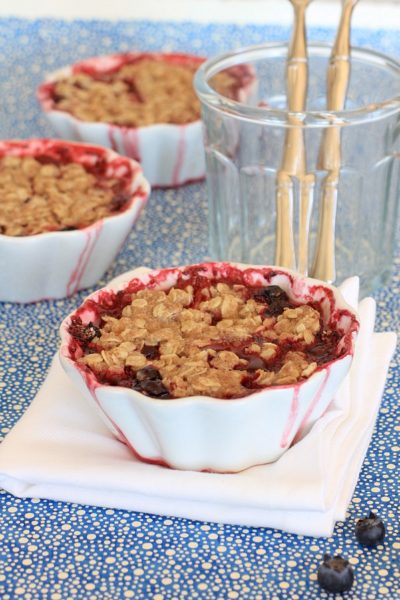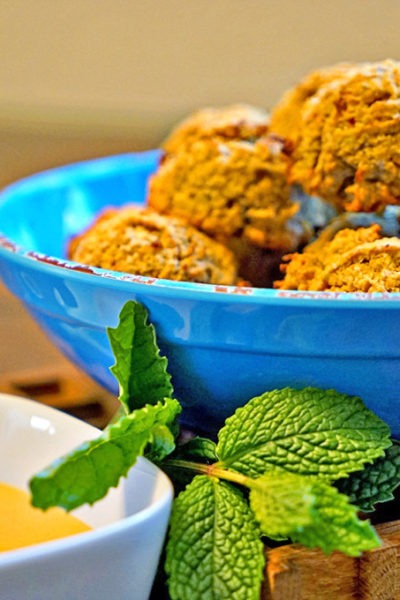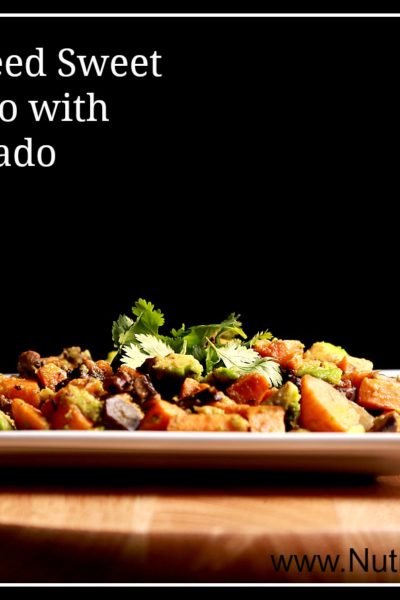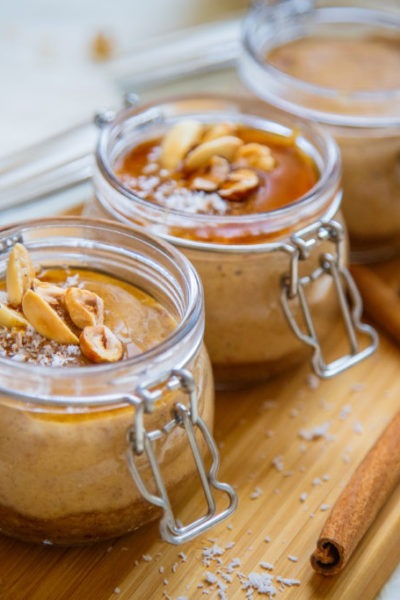Welcome back to the “Which Is Healthier” series, where we compare popular food items to help you make informed dietary choices. Today, we’re examining two kitchen staples renowned for their health benefits: onion and garlic. Both are integral to various cuisines and offer unique nutritional profiles. Let’s delve into the details.
Onion vs. Garlic
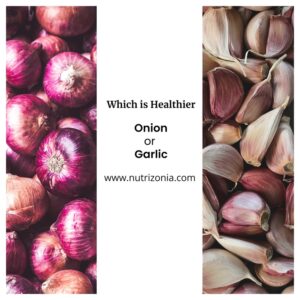
Onion is a versatile vegetable used worldwide, known for its distinct flavor and culinary applications. It’s a key ingredient in dishes like French onion soup and various salads. Garlic, on the other hand, is celebrated for its pungent aroma and is a staple in many global cuisines. It’s often used in dishes like garlic bread and as a seasoning in numerous recipes.
Both onion and garlic are staples in Middle Eastern, Asian, and Eastern cuisines, where they form the base of countless traditional dishes.
Nutrition Comparison
Both onion and garlic have unique nutritional benefits, but they differ in macronutrient and micronutrient content.
| Nutrient | Onion (1 cup, 198g) | Garlic (1 cup, 240g) |
|---|---|---|
| Calories | 230 kcal | 286 kcal |
| Carbohydrates | 40g | 45g |
| Protein | 18g | 14.5g |
| Fat | 8g | 2.7g |
| Fiber | 6g | 12.5g |
Key Nutrients
- Garlic is higher in magnesium, iron, and B vitamins (including folate, pantothenic acid, B1, B2, and B6). It also contains choline, a compound essential for brain function and muscle control.
- Onion is lighter in protein and fat but contains more calcium, which is crucial for bone health. It also has B vitamins, though in lower amounts than garlic.
If you’re focusing on increasing your intake of specific vitamins and minerals, garlic might be the preferable option. However, if you’re looking to boost your calcium intake, onions could be more beneficial.
Raw or Cooked?
Both garlic and onions can be consumed raw or cooked, each method offering distinct flavors and health benefits.
- Raw Garlic: Retains its potent active compound, allicin, which contributes to its health benefits but has a strong, pungent flavor.
- Cooked Garlic: Loses some allicin but gains a milder taste, making it easier to include in recipes. Try it in Vegan Brussels Sprouts Soup with Dried Mint.
- Raw Onion: Provides a sharper flavor and retains more vitamin C.
- Cooked Onion: Becomes sweeter as its natural sugars caramelize, but vitamin C levels decrease during cooking.
Health Benefits: Fighting Diseases
Anti-Inflammation
- Garlic contains sulfur compounds that reduce inflammation and support immune function.
- Onion is rich in quercetin, a powerful anti-inflammatory antioxidant that helps fight free radicals.
Heart Health
- Garlic is widely recognized for its ability to lower cholesterol levels and improve blood pressure.
- Onions support heart health by reducing the risk of blood clots and improving circulation.
Diabetes Management
- Both foods can help regulate blood sugar levels, but garlic has shown more significant effects in improving insulin sensitivity.
Scientific Research on Onion and Garlic
Benefits of Garlic
Garlic (Allium sativum) has been extensively studied for its medicinal properties. Research indicates that garlic consumption can significantly reduce the risk of several cardiovascular conditions, including atherosclerosis, hypertension, and hyperlipidemia. These benefits are attributed to garlic’s ability to mitigate oxidative stress, improve endothelial function, and modulate inflammatory cytokines (PMC).
Clinical studies have demonstrated that garlic can effectively lower blood pressure in individuals with hypertension. In one trial involving hypertensive patients, garlic supplementation led to a significant decrease in both systolic and diastolic blood pressure compared to a placebo (PMC).
Benefits of Onion
Onions (Allium cepa) are rich in bioactive compounds that offer a range of health benefits. Studies have reported that onion consumption exhibits anticarcinogenic properties, antiplatelet activity, and antithrombotic effects. These properties contribute to a reduced risk of cancer and cardiovascular diseases (PubMed).
Additionally, onions are a good source of vitamins, minerals, and fiber, which contribute to their health-promoting effects (PubMed).
Culinary Uses in Middle Eastern and Asian Cuisines
Onions and garlic are essential in Middle Eastern, Asian, and Eastern cuisines. They are used in stews, curries, dips, and soups. Nearly every dish in Middle Eastern cooking incorporates onions, either sautéed or raw, for depth of flavor. Garlic is widely used for both raw and cooked applications, such as in Labneh with Mint Pesto and Pomegranate for a fresh, zesty touch. If you’re looking for a great way to enjoy cooked garlic, try Vegan Brussels Sprouts Soup with Dried Mint.
Cooking Methods and Their Effects
- Roasting enhances the sweetness of both onion and garlic while mellowing their pungency.
- Fermenting (such as in black garlic) enhances the antioxidant properties and creates a unique umami flavor.
- Sautéing brings out a deep, caramelized sweetness, perfect for savory dishes.
Availability and Cost
Both onions and garlic are widely available in most markets and are relatively inexpensive. They can be found year-round and are staples in many households.
Who Is the Winner?
It’s a close call! Both onion and garlic offer unique health benefits and can be valuable additions to a balanced diet. Your choice may depend on your specific nutritional goals and taste preferences. Incorporating both into your meals can provide a diverse range of nutrients and flavors.
Final Thoughts
If you’re looking for a natural immune booster and heart-healthy food, garlic may be your best bet. If you want to increase your intake of antioxidants and support digestion, onions are an excellent choice. Why not use both in your cooking to get the best of both worlds?
What Do You Think?
Do you prefer onion or garlic in your dishes? Let us know in the comments below! If you found this comparison helpful, don’t forget to check out our other “Which Is Healthier” comparisons and subscribe for more insightful food discussions.
Photos by unsplash

